~ Linz, 01.06.2023 ~
Its town walls are gone, but the old gatehouses still stand tall.
A street runs outside of the old town, lined with Baroque and 19th century houses.
Between them and the Rhine, rails run along a sort of viaduct and there's a busy highway, but they're separated from either by a stretch of grass and trees, at least.
Among them is this little house – exposed half-timber on the upper floor, the base anf façade cheerily Baroque. Lovely despite its state of disrepair.
The street terminates not long after and turns left into a predominantly 19th century quarter of free-standing villas rising uphill.
Entering the old town from the south, past what is today a school, one soon reaches the large town square.
Looked over by the old town hall & a statue of Our Lady, the open space is surrounded by cafés, restaurants, some stores (there used to be more), and a colourful assemblage of many centuries' buildings.
It connects to the city's splendid main street, with a few alleys branching off of it.
It is here that Linz's economic downturn is strongly felt. Many storefronts are empty, buildings vacant, not many people on the street.
At another small square, a street leads south and uphill. Beautifully carved Stations of the Cross direct you up a flight of stairs, past a watchful dog, to the church of St. Martin.
It's hard to take a photo from the front façade, since there's only a small space in front of it before the terrain drops off.
Inside, the church reveals itself as a Gothic piece of art. The vaulting is ornate, the nave painted with frescoes of angels and saints, and light streams in from all floors. It's a little brighter than these photos make it look, but not by much.
Right outside is a cemetery on the hillside, which runs parallel to what used to be a Franciscan convent, but is now a secular retirement home. Its chapel has been gutted.
Back into the old town, the main street runs up to the Neutor, “New Gate,” built some time in the late 14th century.
This part is particularly rich in big, elaborate half-timbered houses – unfortunately here, too, many of their street-level floors sit empty.
The street rounds a corner…
…and leads to another small square with a tree in the middle and a small fountain (not pictured).
fug :DDDD
The backstreets are narrower and less grandiose, but also hide one or the other nice corner.
There is a large multi-floor in-doors shopping… mall? gallery? hidden behind one of these façades, again very empty these days.
Back down to the Rhine, the Rhine Gate bears plaques marking the water level during major floods over the last centuries. There are similar little markers on a wall next to the castle.
The ferry had just departed when I arrived, and I spent the time waiting walking up and down the promenade a little.
Aside from the ferry, river cruisers stop here as well.
Kripp, a village much younger and more rural, provides a nice contrast to the old city across the river.






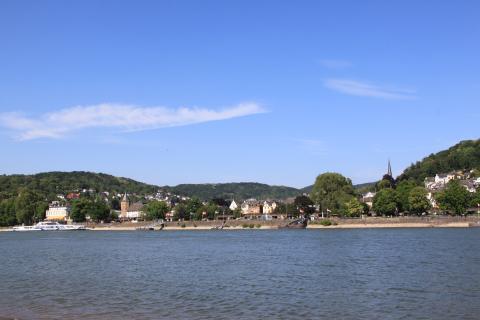




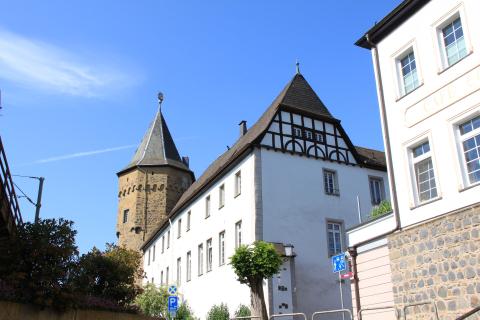


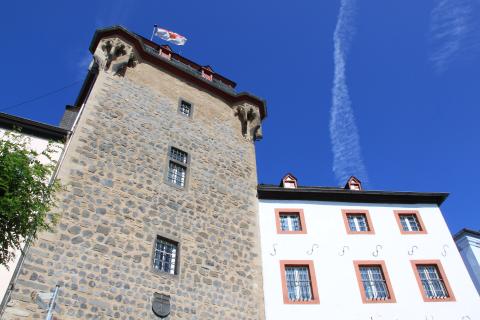






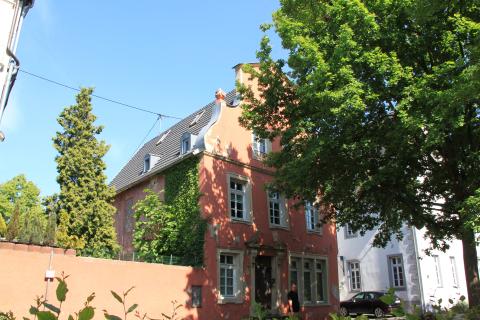














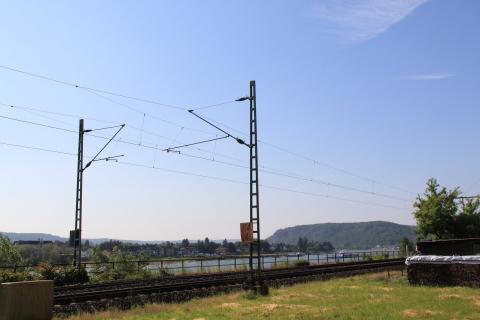


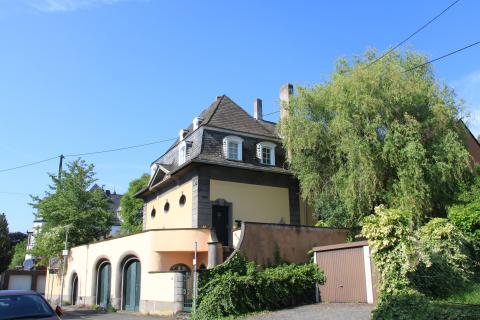











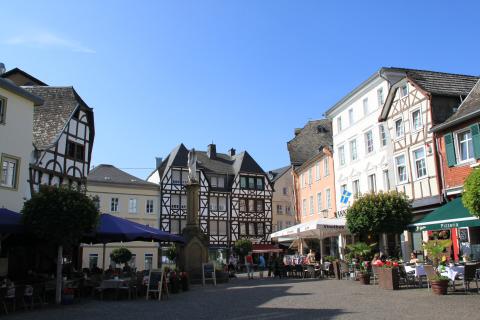



















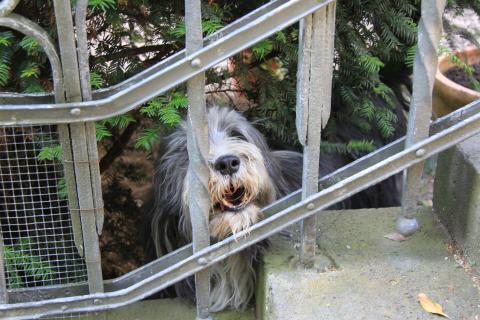



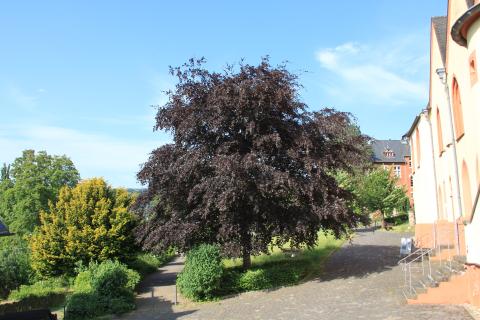





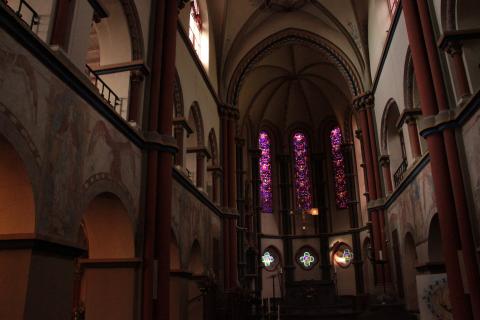



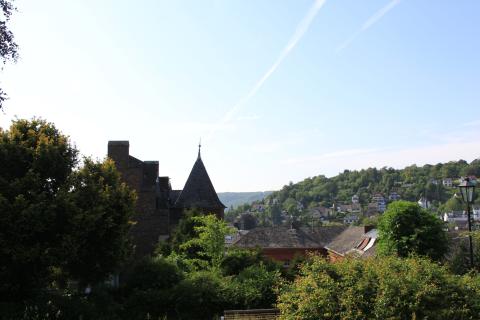
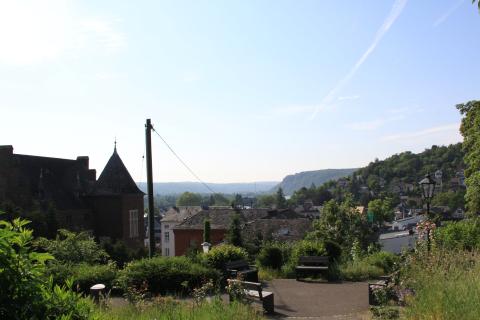















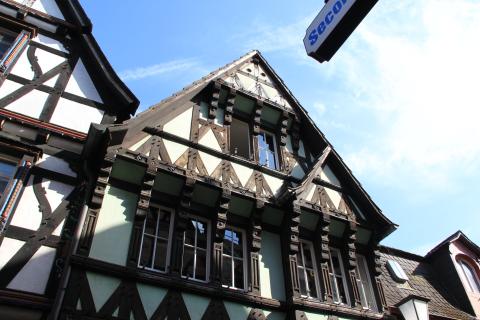






































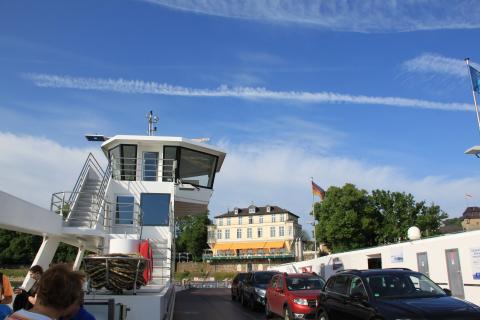




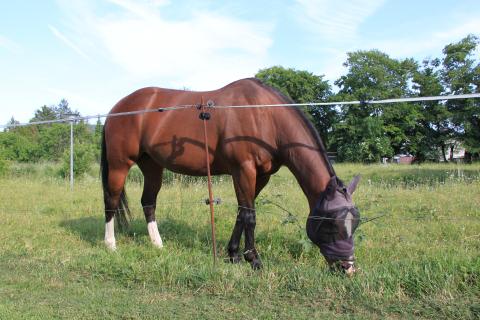

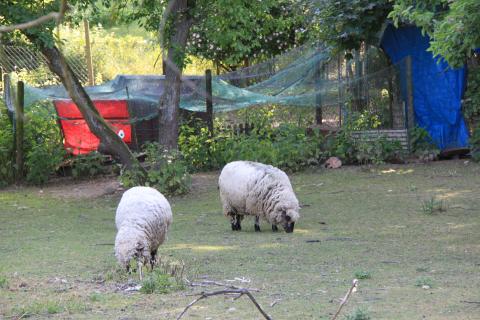

Linz, or Linz am Rhein due to confusion with a much larger city by this name in Austria, is a medival city right of the Rhine.